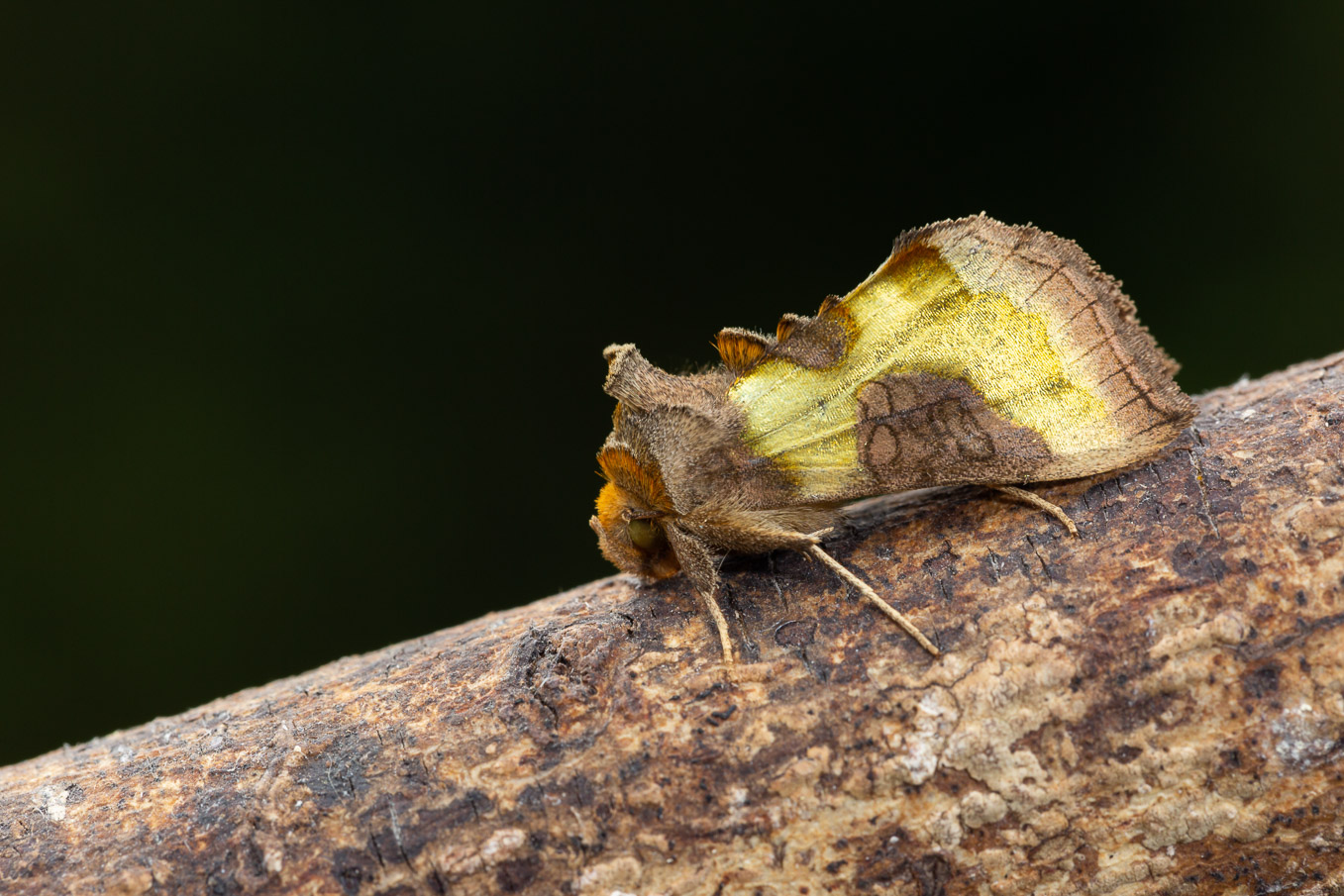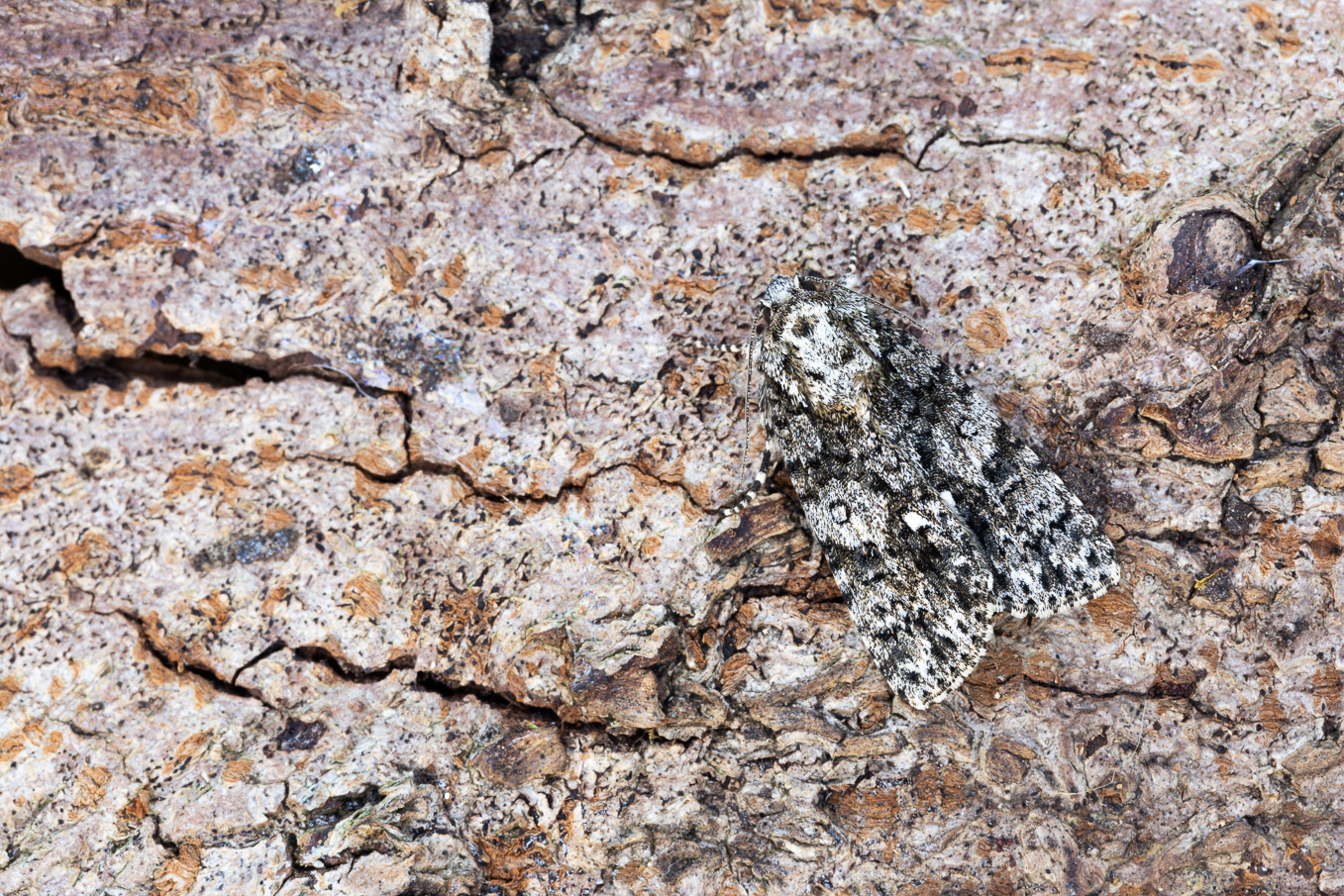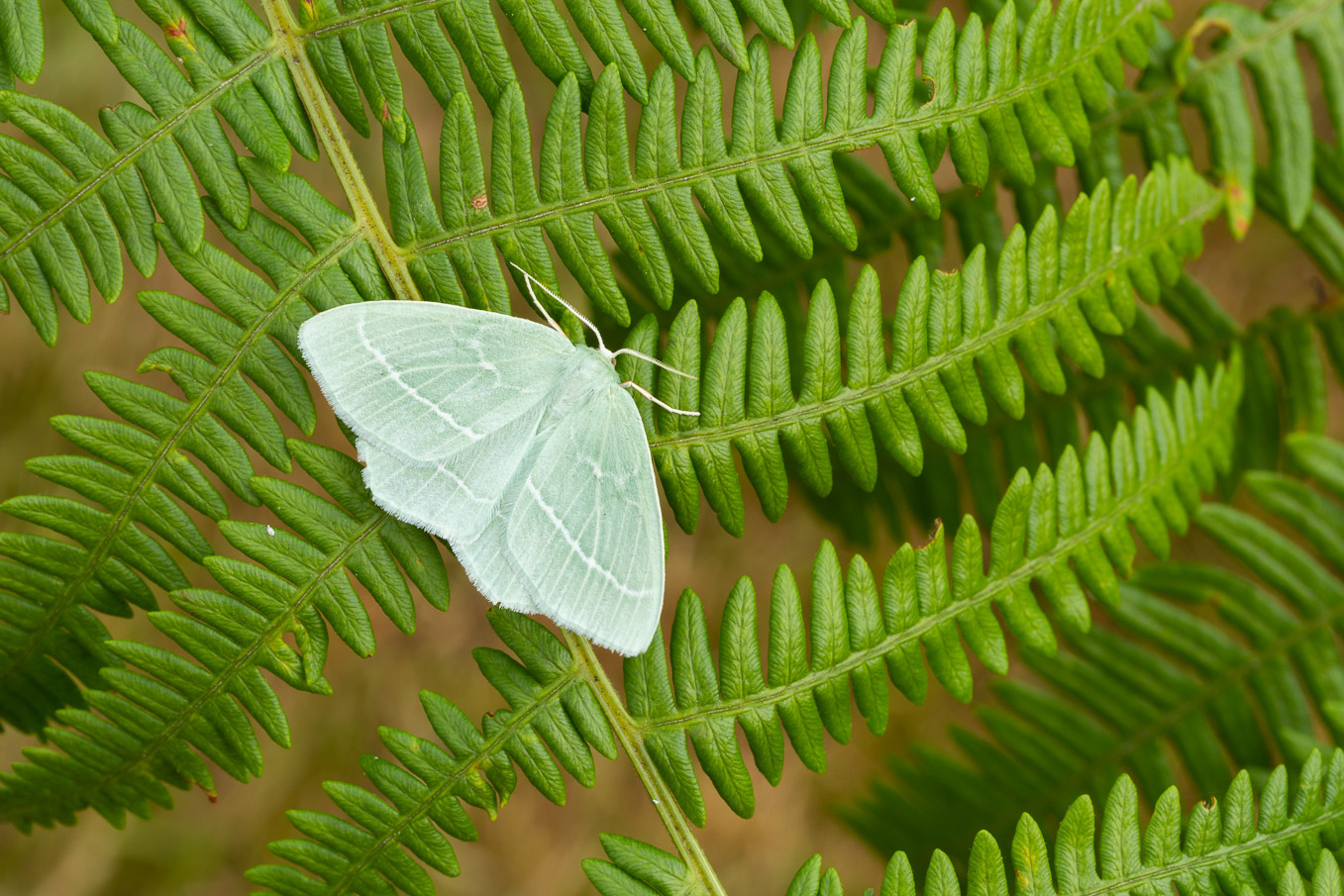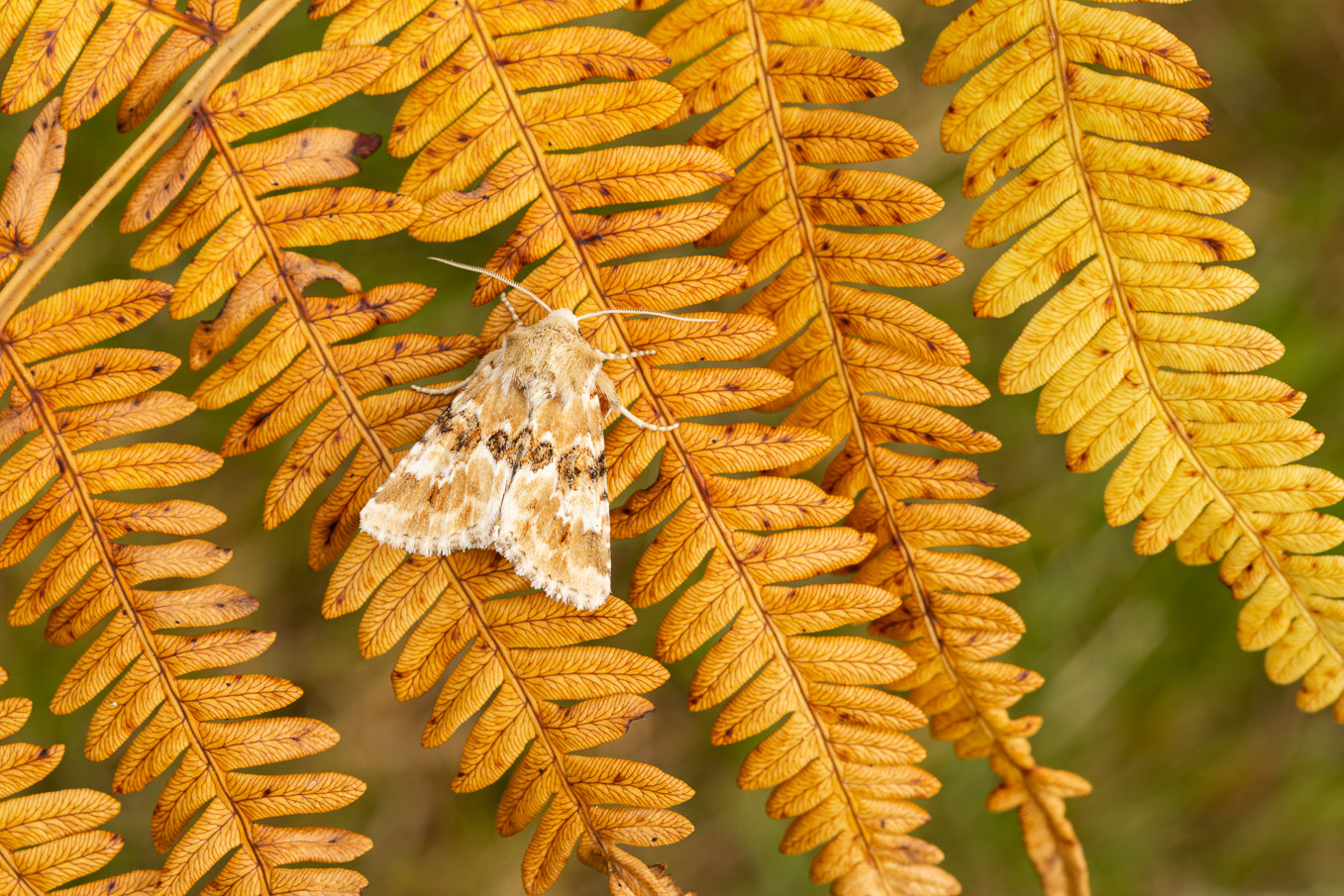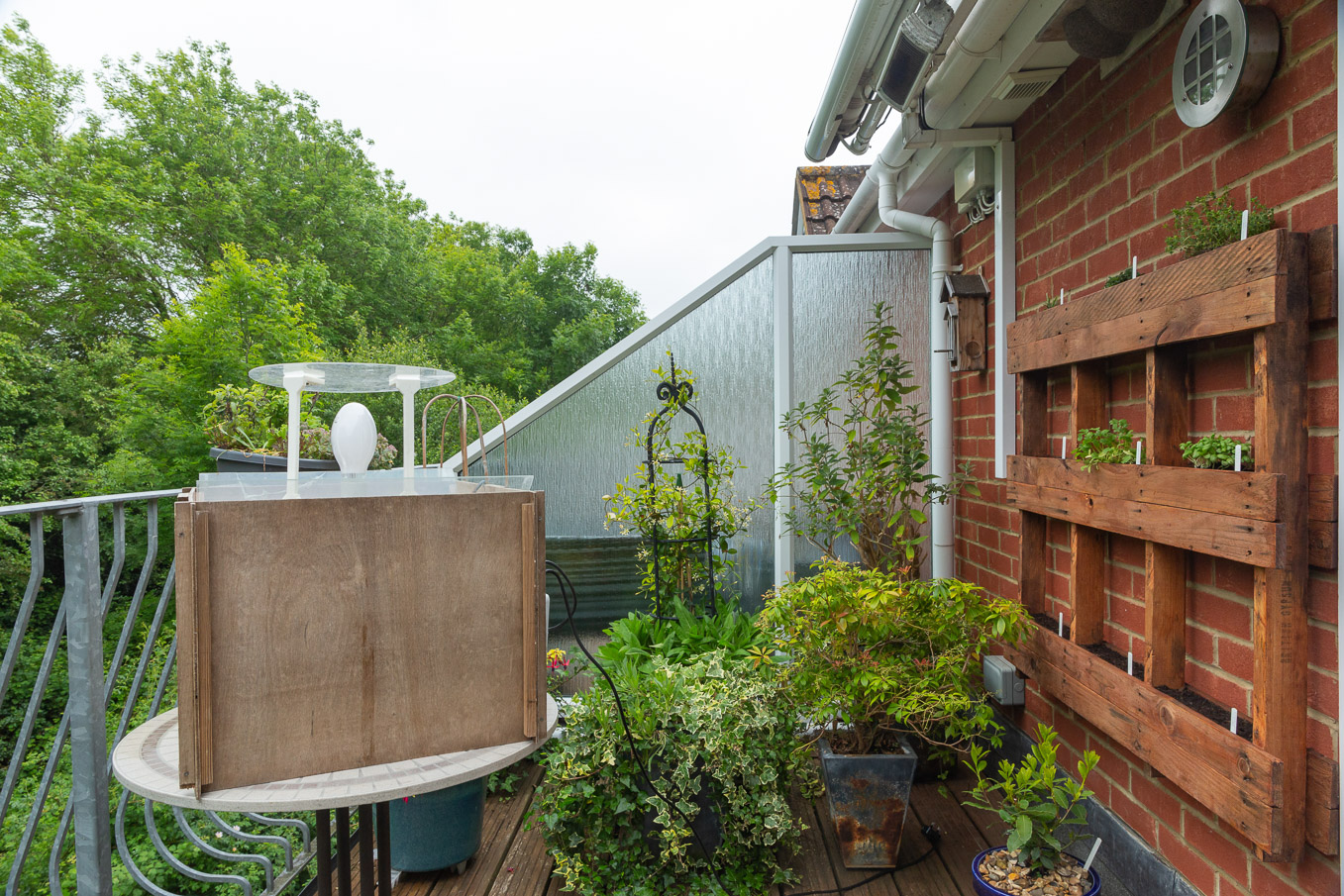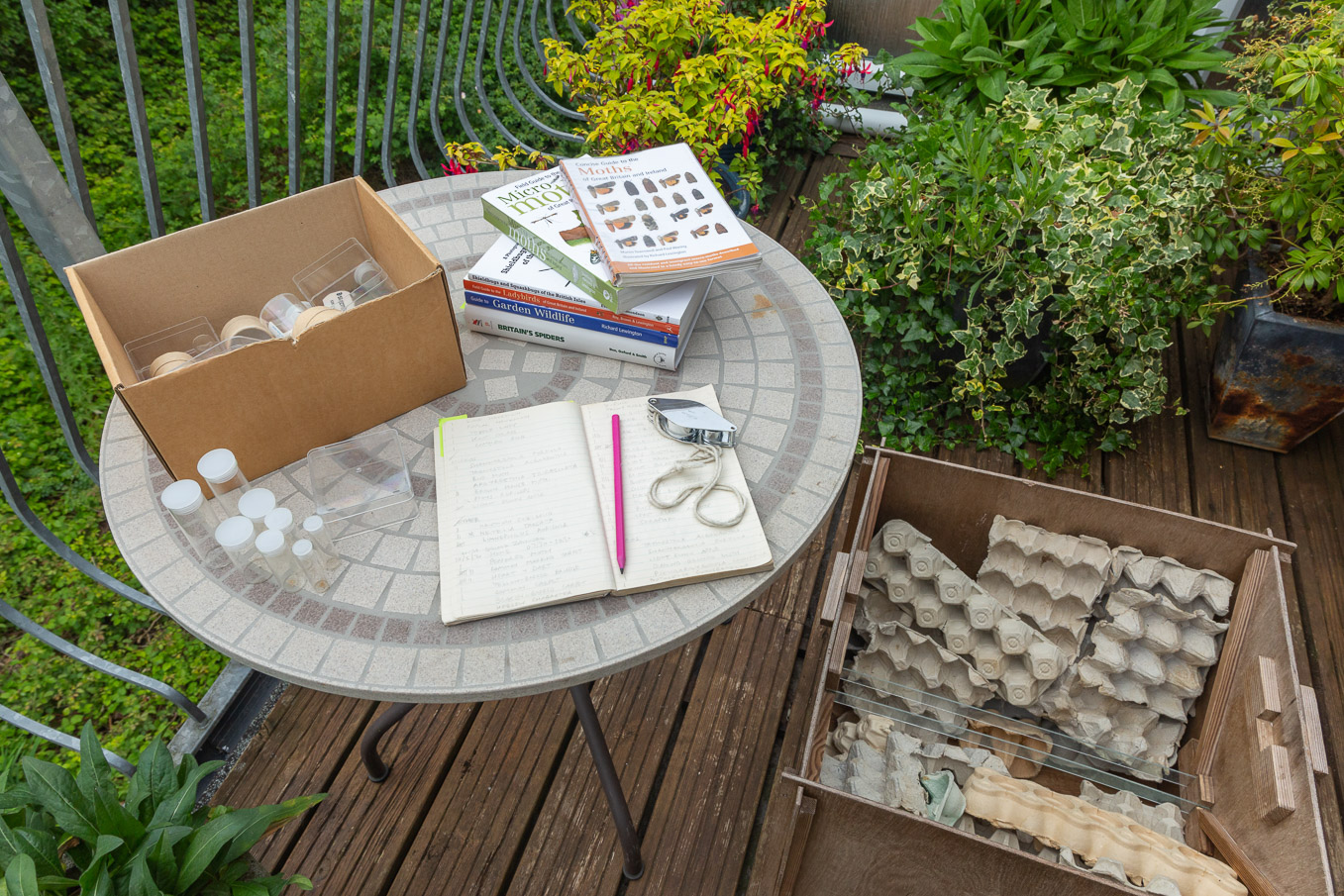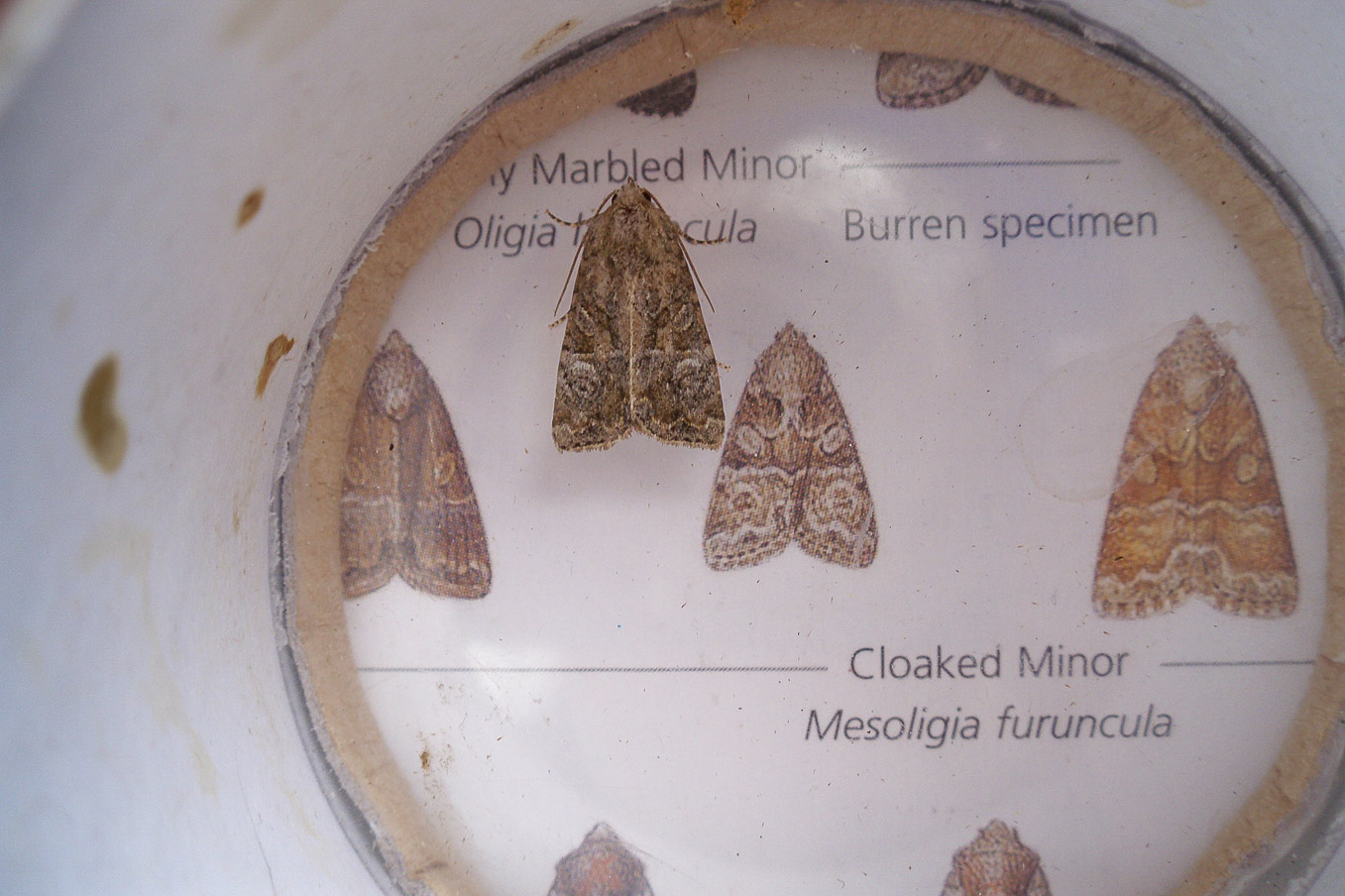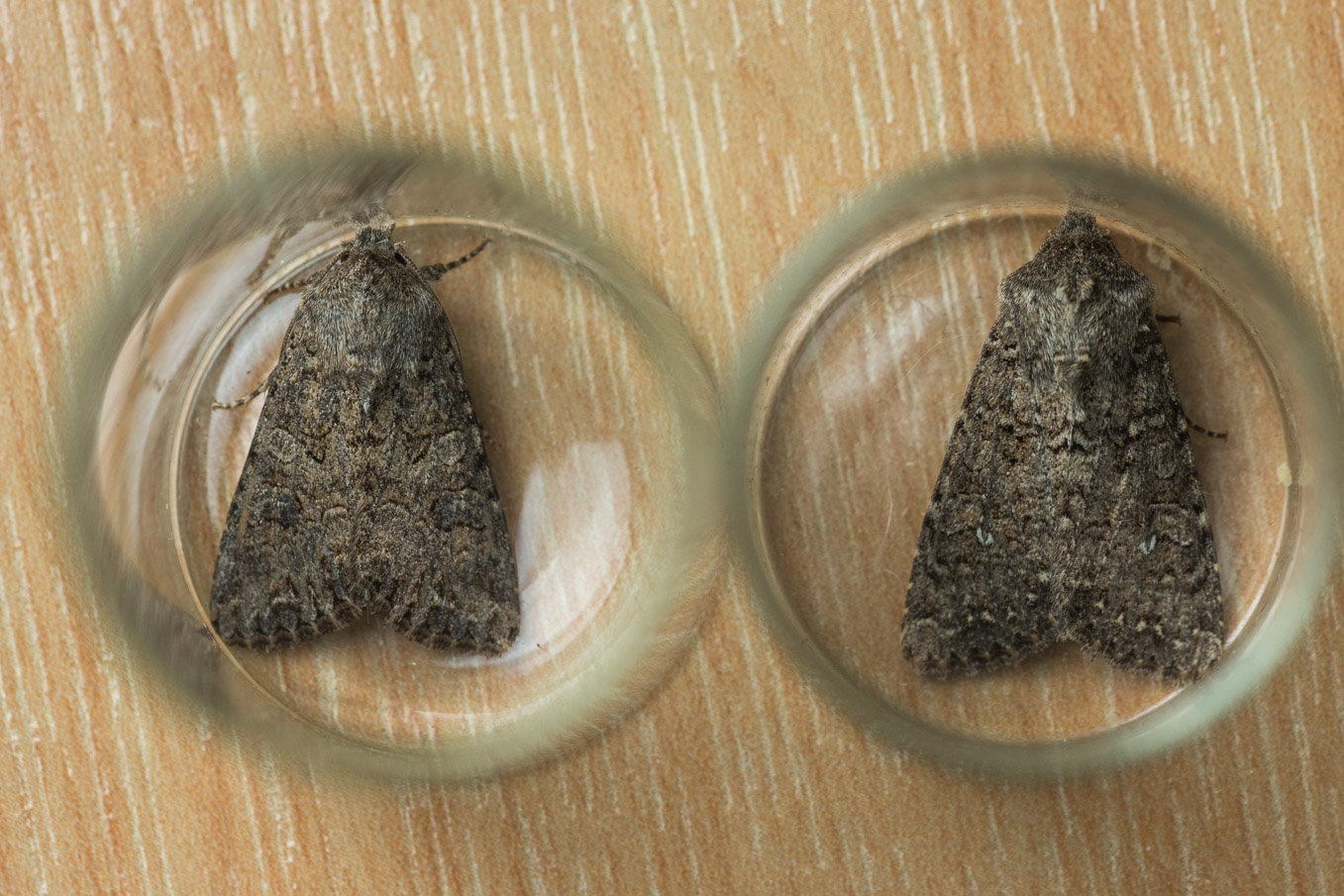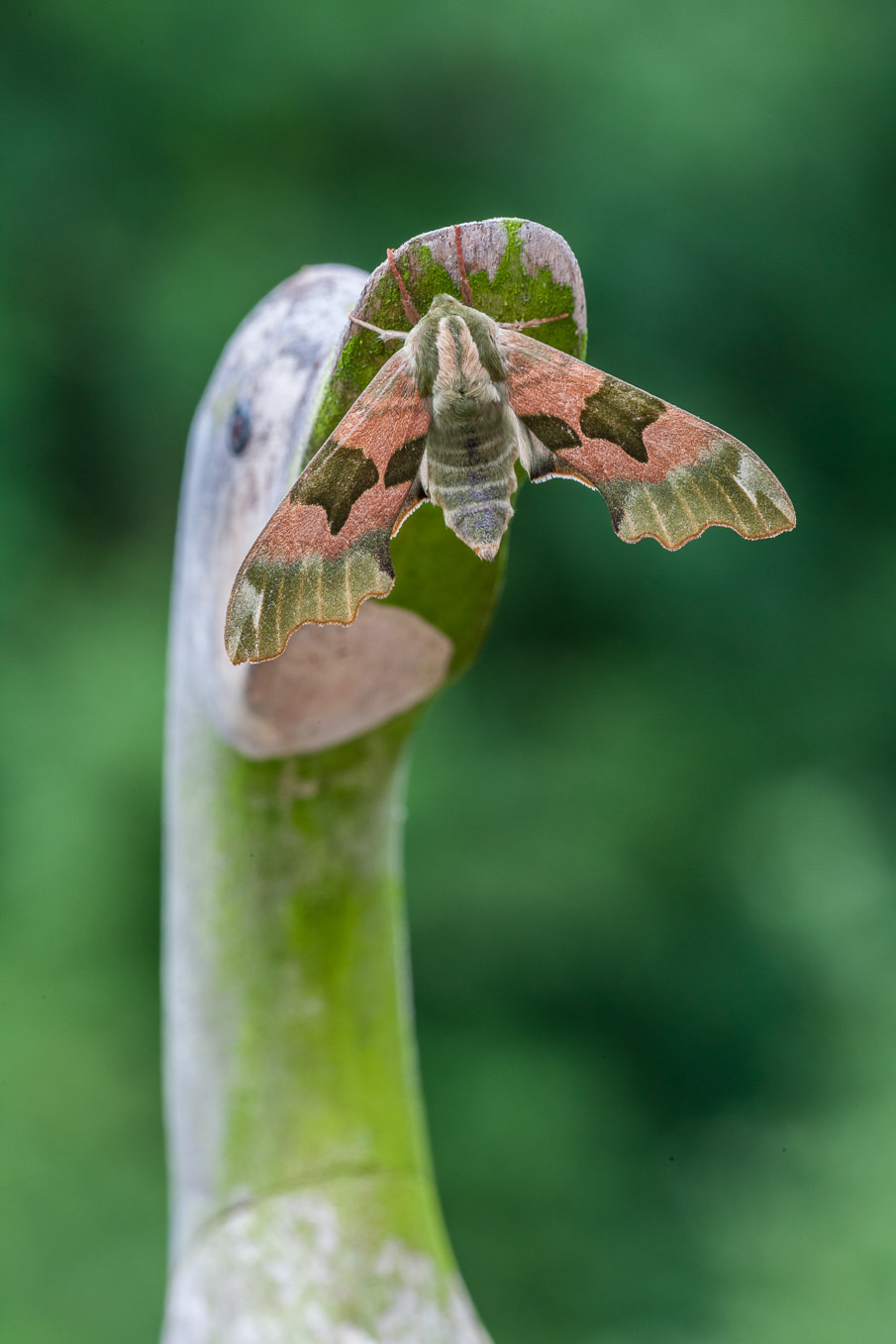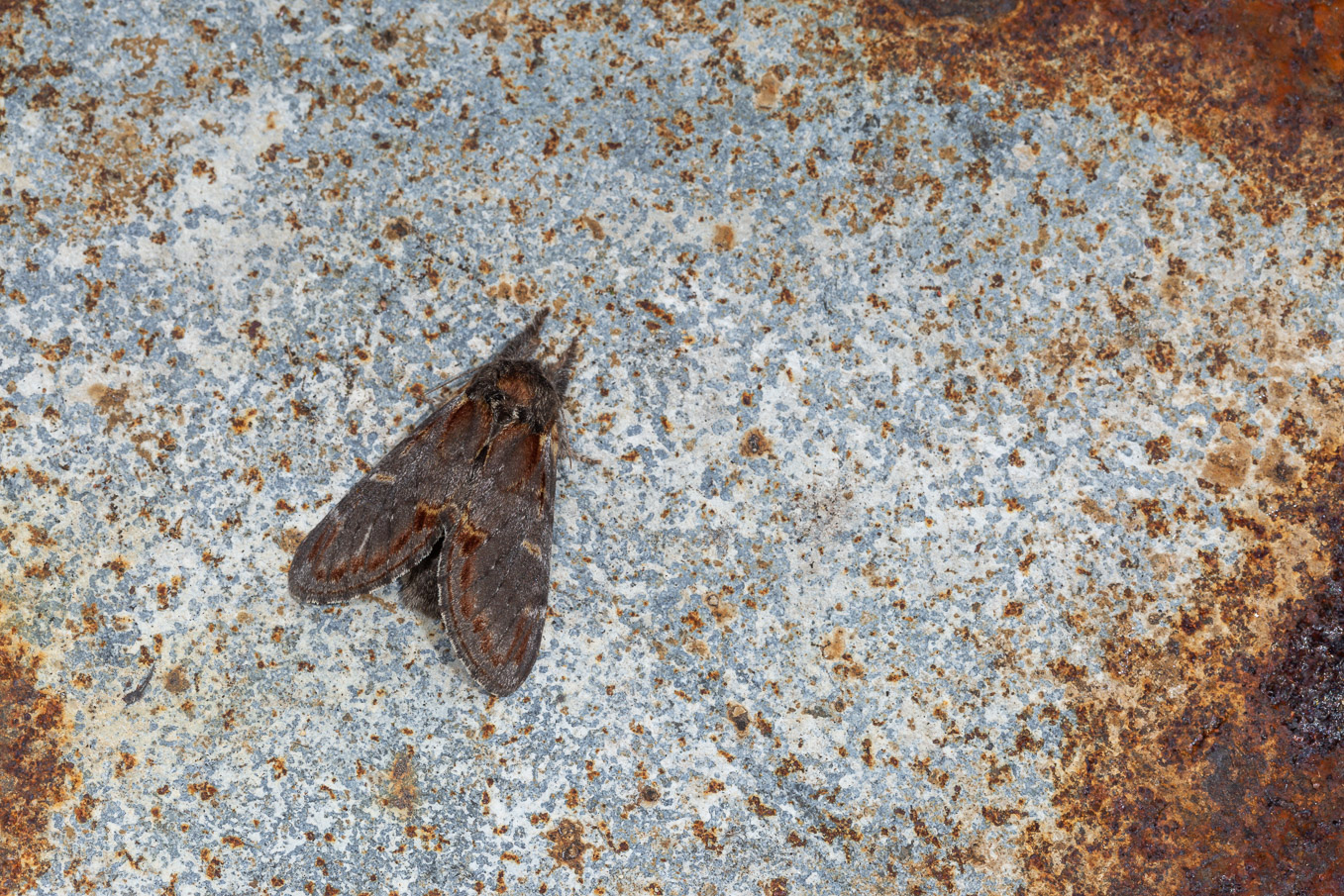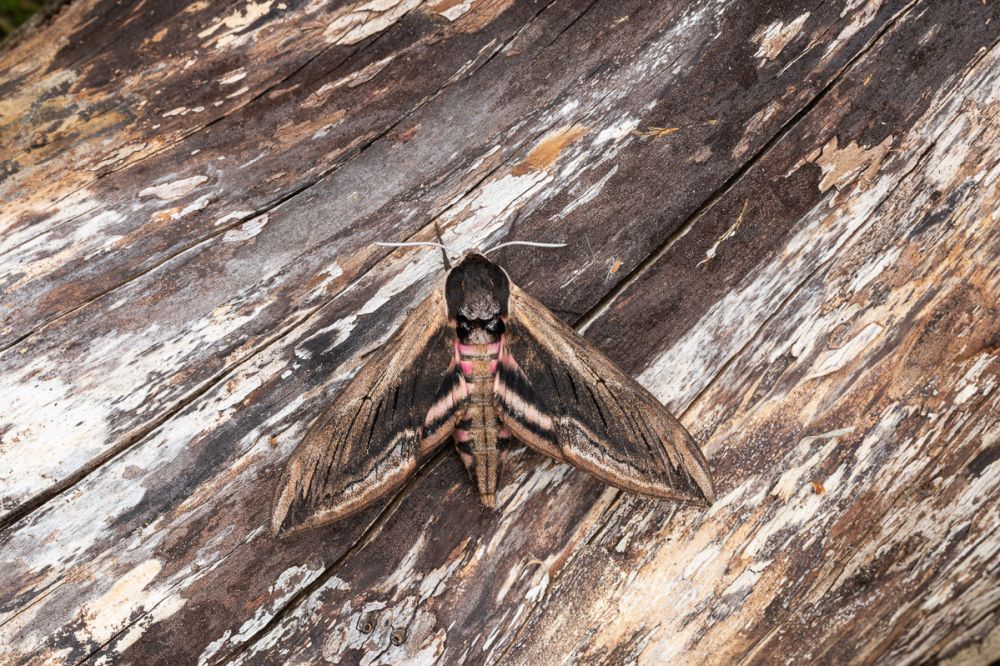
Moth Trapping at Home
Want a new nocturnal wildlife hobby, then moth trapping could be the thing for you. Oliver Smart talks you through the best methods of studying and photographing moths in your garden.
Introducing moths
There are around 2500 species of moth in the UK, contained within the Order Lepidoptera. Of these, over 900 are classified as macro species and this article will deal with this group, generally considered the larger of the moth family. Micro moths account for a huge number of species, however many are very small and experience or advanced identification skills are required under microscope to identify many of them. Some are highly distinctive though and gradually a novice 'mother' will begin to identify some very quickly.
Moths are mostly nocturnal, active after dusk when there are fewer predators. However there are many species of diurnal moth too, which can be located throughout the countryside, particularly during the spring and summer. Moths have the ability to warm their bodies through vibration, so do not need the energy directly from the sun.
Moth trapping is a safe way to catch the adult insects at night and in the morning releasing them or allowing them to depart of their own accord the following night. I do not generally trap on consecutive evenings as there is a good chance I’ll end up with the same individuals. However, if the weather is particularly favourable with a warm, muggy forecast, I may run the trap again to see if I pick up new emergent or migrant species.
You can moth trap throughout all months of the year. There are a number of specialist winter species, however your catch will be vastly reduced. So depending on your reasons for trapping you would do best with waiting until the warmer evenings of March or April onwards to provide the greatest diversity and overall count.
Using a moth trap
There are a number of different methods of catching nocturnal moths, from simply putting out a bright white bed sheet with a strong bulb shining on it to the expensive Robinson trap. Actinic traps are smaller and portable or a more modest, reliable and cheaper Skinner trap is the one I was given as a 30th birthday present, which I have used ever since. You could even make your own too. There are also more specialist ways of attracting some species with pheromone lures or baiting but I have stuck with the traditional method for the time being.
From my small balcony garden, I have recorded over 360 species, so it is proof you can trap even in the smallest patch. I am lucky as behind the house is a wild corridor with a mixture of scrubby plants along with some wet ground. There is a hedgerow consisting of ash, oak, willow, hawthorn and blackthorn as well as lots of bramble. A good deal of moths will find this habitat favourable but how many might you have on your doorstep that you didn’t even know existed? Wouldn’t it be fun to find out…?
Some 'mothers' will only spend a couple of hours in the evening after dark watching what comes in and then switching the trap off. I generally leave it on until first light and set my alarm for dawn when I turn it off. If the weather is pleasant, I will remain outside, with a hot cup of tea and work through the trap straight away. Do remember to check any nearby foliage, buildings or other props as not all the moths end up in the trap, so you could easily miss something exciting in the surrounding area.
Opening the trap and slowly and carefully removing the egg boxes is one of the most exciting things as you simply have no idea what could be on either side of each box. If the weather is warm or the moths inside the trap are active, I will move it out of any direct sun and process as quickly as I can. Remove one box at a time and quickly scan for anything unusual. You may want to ‘pot these up’ so you don’t lose them. I use a range of glass and observation pots, from which I can examine and retain my specimens ready for photographing if I have time. You can also buy magnifying pots too which may be useful.
Identifying moths
As you steadily process the contents of the trap you will come across a number of moths (and other invertebrates) that you may not recognise. Firstly, pot them up so they do not escape and continue through the remainder of the trap before dealing with these at the end. I use a number of books and sources of information for identification. Where I live there is Moths of the Bristol Region, which is a very helpful guide so I know what to expect in my locality. The local records centre too is useful to check on historical records of species and can help to clarify some tricky or confusion species.
For each of the moth groups there are dedicated specialist books but these can be costly and very specific, however, if there is a family that you’re particularly interested in then they may be worth the investment. Online resources are invaluable too including ‘UK Moths’ and a Facebook Group ‘Moth Trap Intruders UK’ for species in your trap which are not moths!
For both macro and micro species identification I cannot rate more highly the illustrated guides by Richard Lewington. For me these are simply must have guides, although I do prefer to use the concise macro guide which is ring-bound and lays open on the table for quick reference.
I also have guides for spiders, ladybirds, shield bugs and general garden wildlife as there are a number of other non-moth species which turn up from time to time. Caddisflies, mayflies and beetles also appear but these can be tricky without following detailed keys. I generally pot these up and attempt them later if I have time or think I have a chance of positive identification.
Photographing Moths
Photographing moths is actually easier than butterflies as they are already docile and resting when you examine them in the morning. Carefully placing them on a chosen prop takes care and sometimes you may fail and the subject flies away. Generally, my success rate is pretty good, so ensure you get up early when the weather is cooler and you’ll have better chances of capturing shots of your moths before they are warmed by the sun. I use a large pot to rest over them when they’re on my prop (if possible) to prevent them being knocked or affected my wind or rain whilst I set up and focus on them with the camera.
I always use a tripod and take my time to set up the shot. This way I may only need a couple of images and then I can move on to another species, returning each to the trap so they can fly off when they’re ready. Use a pencil or small thin object and entice the moth to crawl onto it so you can relocate them temporarily on your chosen prop. With some of the larger moths you can offer your finger next to their feet and they will climb aboard, sensing the warmth (and possibly salts). Never pick moths up by their wings as this can damage the delicate scales.
I use a macro 100mm or 180mm lens for photographing moths and sometimes use a little fill-in flash too. An extension tube is also useful for getting in closer for some of the smaller species. Due to the slow shutter speeds I normally use a cable release and mirror lock-up to prevent any internal vibration causing soft images. I try and keep the ISO speed as low as possible to maintain the best quality images as the detail simply is stunning when viewed up close on the computer. For the aperture I will often set f/11-16 as I want as much of the subject in sharp focus and this can be tricky as many species hold their wings at angles.
Moths have a huge diversity of shapes, colours, patterns and textures and camouflage is definitely one of their top features. I enjoy the pleasure of finding a suitable plant, piece of bark or branch or a manmade prop that would make an interesting image. With limited space on my balcony it is a challenge, but the rewards are a growing collection of images all taken from my home or at friend’s houses where different species are almost a certainty.
Once you’ve began to enjoy the macro species then you can delve into the micro world. There is a wealth of larger moths to work with first and many years of photographic opportunity not to mention the wider countryside to explore and find diurnal species too.
Finally enjoy it, moth trapping is a wonderful hobby, that immerses you through the excitement of what you might catch to the, sometimes, frustration of trying to identify a tricky species, to the pleasure of seeing the detail on the moths on your photographs.
finding and photographing butterflies
For more information
Identifying moth websites; UK Moths and also What’s Flying Tonight are invaluable resources.
A great three times a year journal Atropos (covering many invertebrate groups) along with specialist book sales can be found here
For moth traps and all the associated wildlife paraphernalia I recommend Anglian Lepidopterist Supplies
To see more of Oliver’s images or for more information about his work including how to connect with him for talks or workshops check out his website at www.smartimages.co.uk
